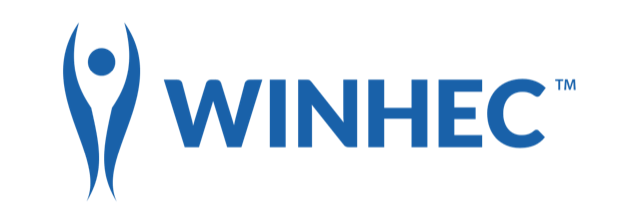Welcome
We are humbled and honored that you are interested in becoming a member of WINHEC’s accreditation family. In support of Native peoples across the world, this accrediting process seeks to affirm and champion the sovereign right to an education that upholds indigneous language, knowledge, ways of knowing and being, practices, and other aspects of Native life. You are joining an empowered group of Native stakeholders who are blessed to witness and celebrate the Indigenous education movement and we hope that this process will help you understand the intent and subsequent outcomes related to being accredited by an international body of Native peers. | So, how does this process work? What are the “look-for’s” when a visiting committee is reviewing an Indigenous institution | organization | school | program (IOSP)? How will WINHEC’s accreditation help a Native community regain control of education for its people? What constitutes successful accomplishment of an IOSP’s goals and who has the right to determine what is defined as success? Moreover, how will this process help improve the viability and effectiveness of a Native-serving IOSP? | These critical questions with the addition of a few more are at the heart of this dynamic, interactive accrediting approach and we help answer the multitude of questions that you might have about this accreditation. We also hope we can help you understand the power and inherent responsibility of WINHEC and its accreditation process. On behalf of the WINHEC organization, we thank you for joining the journey to reclaim and re-empower Native education. Welcome to the WINHEC family |
Dr. Ray Barnhardt
Dr. Keiki Kawaiʻaeʻa
Dr. Walter Kahumoku III
What is WINHEC Accreditation? |
Accreditation performs a number of important functions including the validation of credibility on the part of the public being served and encouragement of efforts toward maximum educational effectiveness. The accrediting process requires schools as well as other educational institutions and programs to examine their own goals, operations, and achievements in light of their native peoples’ philosophies and worldviews. It also provides the expert critiques and suggestions of an external review team and the recommendations of the accrediting body. Since the accreditation is reviewed periodically, institutions are encouraged toward continued self-study and improvement. Accreditation of schools, educational institutions and specialized programs is granted by a number of national and regional organizations, each representing a lens through which to examine the quality and integrity of the IOSPs in question. Though each of these organizations has its distinctive definitions of eligibility, criteria for accreditation, and operating procedures, most of them undertake accreditation as one means of assuring the public constituencies about the quality and integrity of the services rendered. While the procedures of the various national and professional accrediting structures differ somewhat in detail, each is intended to fulfill the following purposes:
What differs between this process and others is that accreditation by the WINHEC Accreditation Authority means that an Indigenous-serving institution/school/program’s work:
Furthermore, accreditation by the WINHEC Accreditation Authority takes into account and supports the diversity which exists among Indigenous-serving IOSPs. Quality is evaluated in terms of the purposes the institution seeks to accomplish. Once deemed to have met the criteria established by the WINHEC Accreditation Authority, candidate institutions and programs become full voting members of the WINHEC Accreditation Authority Board with all the rights and privileges specified in the enclosed Guiding Principles. |
Accreditation process |
WINHEC’s accrediting process is split into five (5) parts:
| Although there are slight variations between these accreditation types, all accreditations follow the same general sequence. The following illustrates the step-by-step processes and critical questions to be answered. Each of the accreditation types has an assigned Board of Accreditation (BOA) co-chair. The co-chair will assign a liaison to work with you after the Letter of Intent is approved. |

